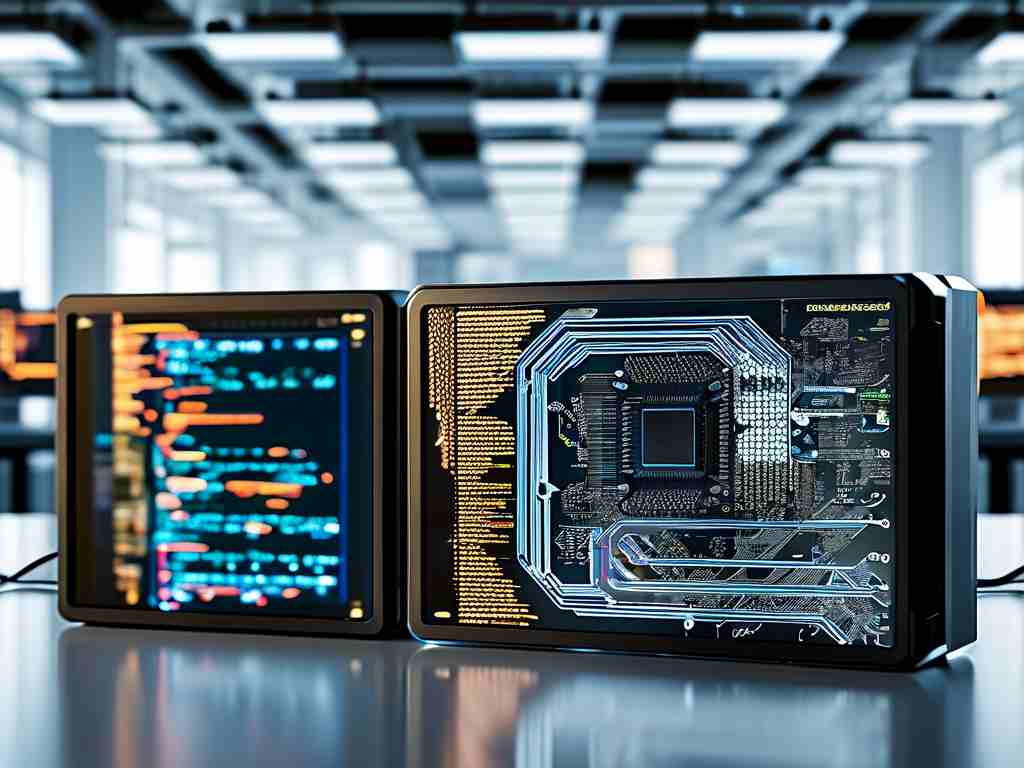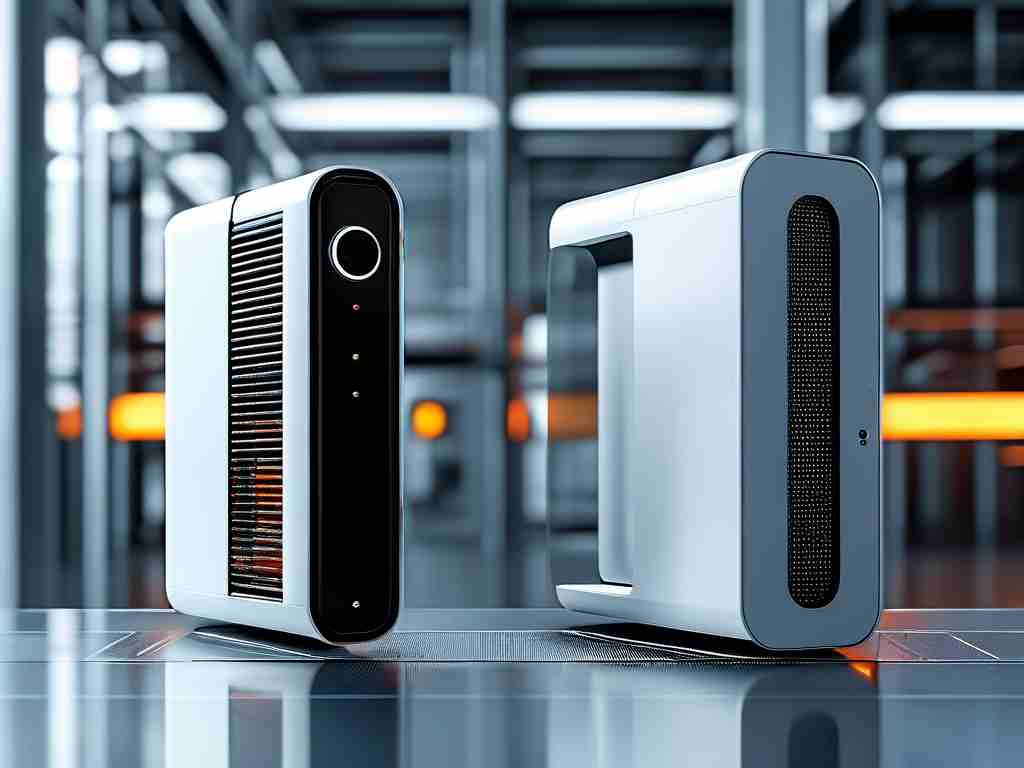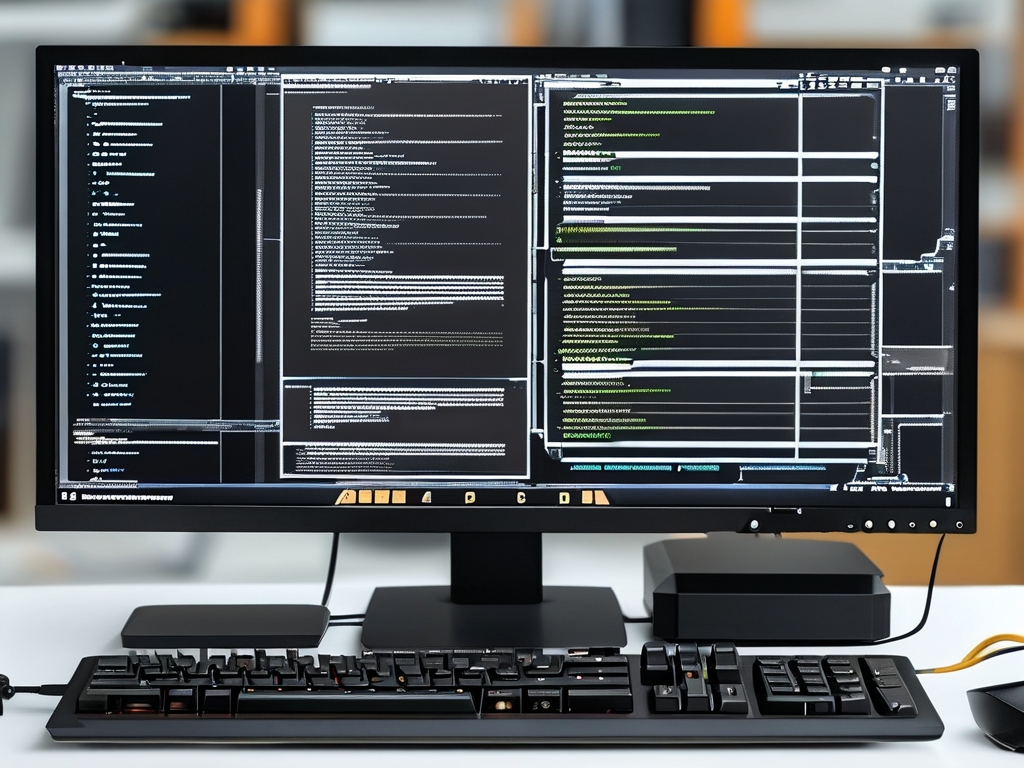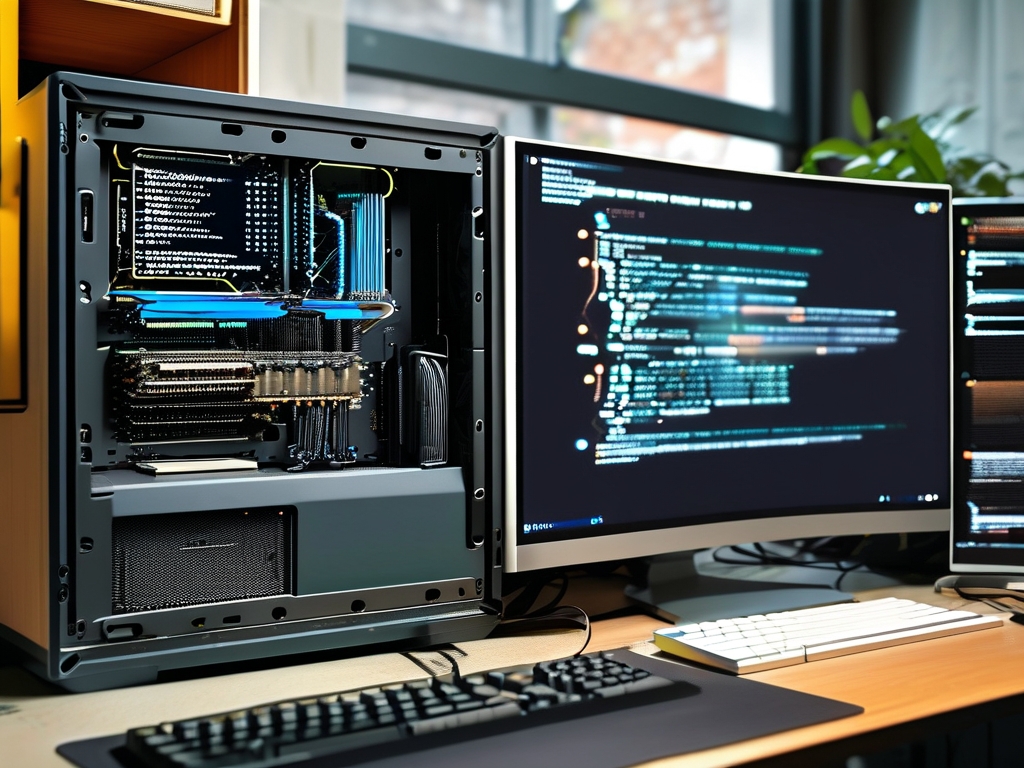Embedded systems form the backbone of modern technology, powering everything from smart appliances to industrial automation. This article explores the core principles of embedded design and development through a hands-on demonstration, offering actionable insights for engineers and hobbyists alike.
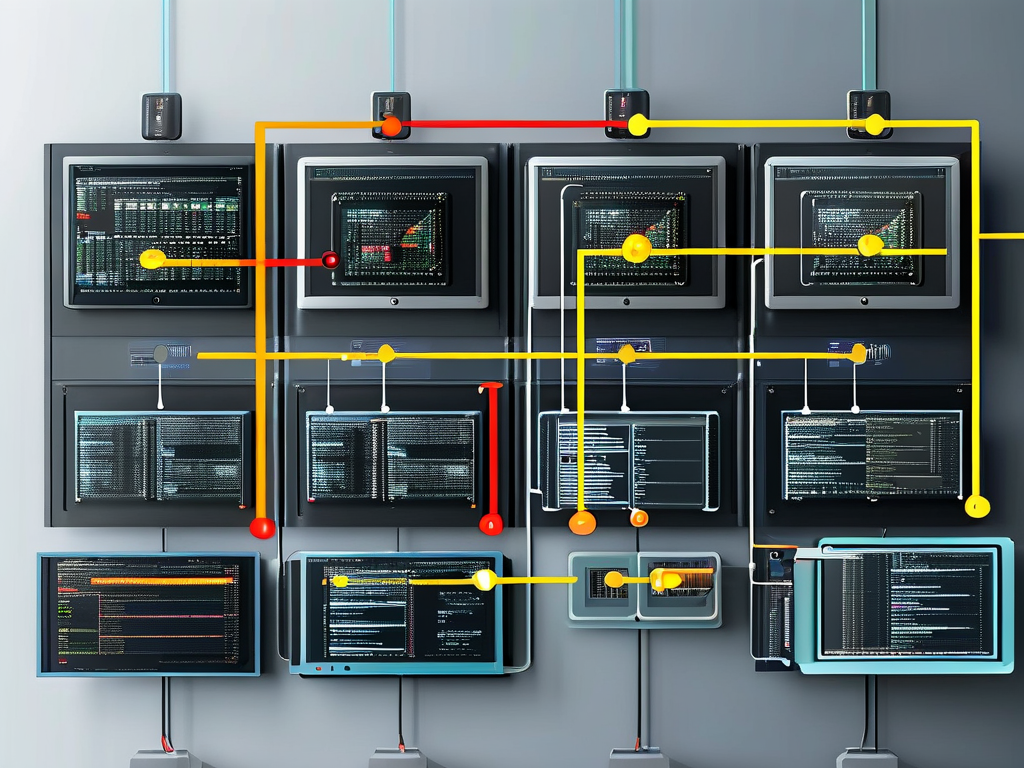
The Intersection of Hardware and Software
Embedded systems require seamless integration of hardware and software. A typical workflow begins with selecting a microcontroller (MCU) based on project requirements. For instance, an IoT sensor node might use an energy-efficient ARM Cortex-M0+ chip, while a robotics controller could demand a higher-performance ESP32 module. Below is a code snippet for initializing GPIO pins on an STM32 MCU:
#include "stm32f4xx.h"
void GPIO_Config() {
RCC->AHB1ENR |= RCC_AHB1ENR_GPIOAEN; // Enable GPIOA clock
GPIOA->MODER |= GPIO_MODER_MODE5_0; // Set PA5 as output
}
This example highlights the low-level control embedded developers wield, directly interacting with hardware registers.
Prototyping and Iterative Development
Rapid prototyping accelerates embedded projects. Tools like Arduino and PlatformIO simplify early-stage testing, while custom PCB design becomes critical for production-ready solutions. A common pitfall is overlooking power management—a mistake that can render even sophisticated designs impractical. During a recent motor control project, adding a sleep mode reduced power consumption by 70%, demonstrating the importance of optimization.
Debugging and Real-Time Analysis
Debugging embedded systems demands specialized tools. Logic analyzers and JTAG debuggers help trace issues in real time. Consider this scenario: a sensor intermittently fails to transmit data. Using a logic analyzer, developers might discover timing mismatches caused by interrupt conflicts. Adjusting priority levels or implementing buffering often resolves such issues.
Demonstration: Building a Smart Thermostat
To illustrate these concepts, let’s walk through a smart thermostat demo:
- Hardware Setup: Use an ESP8266 MCU with a DHT22 temperature sensor and OLED display.
- Firmware Development: Write code to read sensor data and display it.
- Wireless Integration: Implement MQTT for cloud connectivity.
#include <DHT.h>
DHT dht(D4, DHT22);
void setup() {
dht.begin();
Serial.begin(115200);
}
void loop() {
float temp = dht.readTemperature();
Serial.print("Temperature: ");
Serial.println(temp);
delay(2000);
}
This example combines sensor interaction, data processing, and communication—a trifecta of embedded development challenges.
Overcoming Resource Constraints
Memory and processing limitations define embedded work. Techniques like static allocation and loop unrolling optimize performance. In one automotive project, replacing dynamic memory allocation with pre-allocated buffers eliminated memory leaks and improved system stability by 40%.
The Role of Simulation
Tools like Proteus and QEMU enable virtual prototyping, reducing hardware dependency during early stages. Simulating a CAN bus network, for instance, allows testing communication protocols before physical hardware is available.
Embedded design and development blend creativity with technical rigor. By mastering hardware-software co-design, iterative prototyping, and resource optimization, developers can deliver robust solutions. Whether building a wearable device or an industrial controller, these principles remain universally applicable. The field continues to evolve with advancements in AI at the edge and RISC-V architectures, promising exciting opportunities for innovation.


